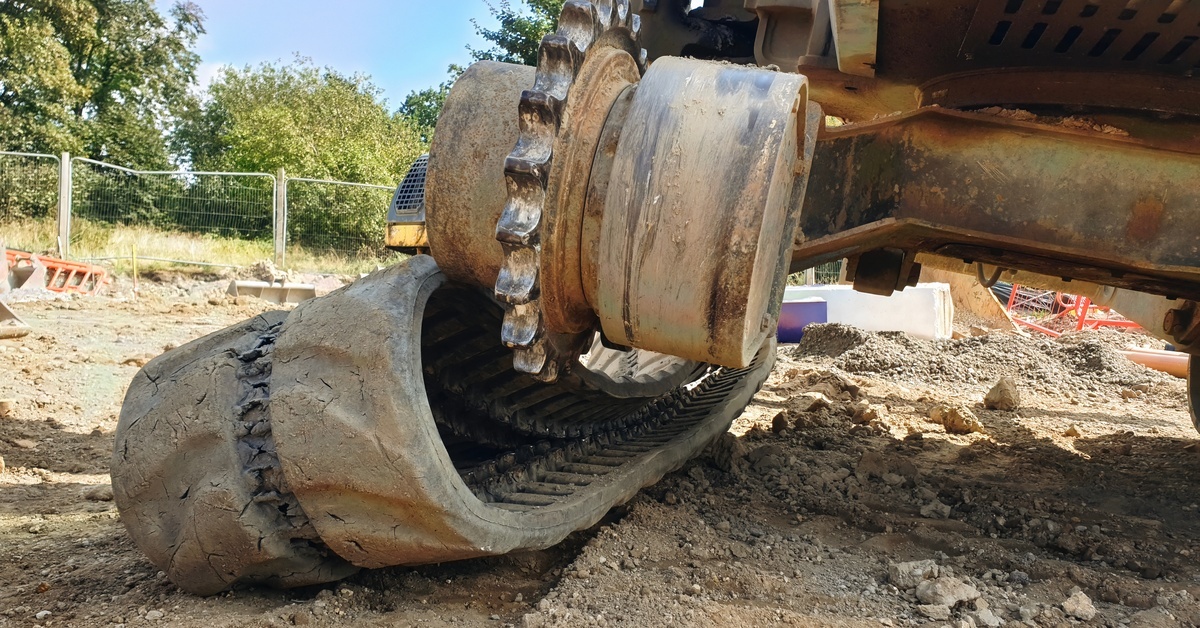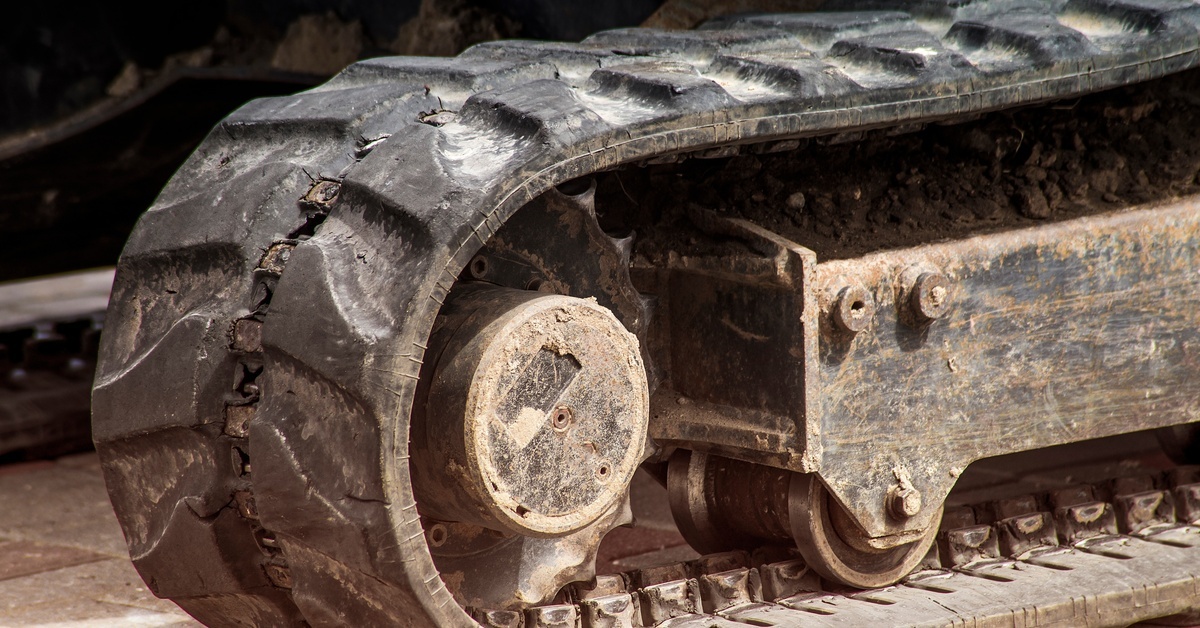Understanding Rubber Track Sag and Its Impact on Performance
Jun 26th 2025
Rubber tracks are a foundational component of heavy machinery. They uphold the mobility and stability necessary for operations in challenging environments. While your equipment may be built with a robust design to handle rigorous tasks, keeping an eye on the tracks’ condition is necessary to ensure peak performance.
Among the key considerations is understanding rubber track sag and its impact on performance. The following insights will explain the intricacies of rubber track sag and how to accurately identify and manage sag to guarantee your equipment continues to operate smoothly.
Rubber track sag refers to the slack or looseness present in a machine’s rubber tracks when mounted. It is the degree to which the track hangs or sags in the areas unsupported by rollers. While a slight sag is normal and necessary for proper operation, excessive or inadequate sag may lead to a host of mechanical issues, ultimately affecting the machine’s performance and durability.
Sag levels depend on the specific type of machine being used, the manufacturer’s recommendations, and the kind of work being performed. For instance, earthmoving machinery such as excavators or bulldozers often requires different sag measurements compared to compact track loaders due to variations in load distribution and terrain usage.
Rubber tracks naturally stretch over time due to repeated cycles of tension during operation. This process, though slow, is unavoidable and will eventually lead to sag.
Regular inspections are important for identifying these issues early before they impact performance. Operators should include visual checks of sag levels as part of their daily maintenance routine to detect early signs of excessive slack.
The type of terrain and load weight can significantly influence sag levels. Machines working on uneven or abrasive surfaces are more likely to encounter sag issues due to the added strain on the tracks and their components. Heavier loads accelerate wear, particularly if the sag levels are already outside the recommended range, compounding the problem over time.
Improperly installed rubber tracks can also cause sag. Installing tracks without ensuring they are within the manufacturer’s recommended tension range often results in inadequate performance.
Always consult the installation guidelines provided by your manufacturer or seek professional assistance during replacements. This step ensures that the tracks are installed with precision, reducing the likelihood of premature stretching or uneven strain.
Routine maintenance, such as cleaning tracks and periodically inspecting tension levels, plays a necessary role in preventing sag. Neglecting these steps allows debris buildup and long-term stretching that exacerbates the issue. Additionally, damaged components, such as rollers or idlers, can contribute to unbalanced sag, further stressing the equipment.
When sag is correctly adjusted, the track ensures maximum traction and stability. It allows the machinery to safely and efficiently maneuver across various terrains, minimizing slippage that could damage sensitive areas on a construction site. Tracks with balanced sag also handle inclines and uneven terrain more effectively, ensuring consistent traction under variable conditions.

Excessive sag can cause the rubber track to slip over sprockets more quickly than intended, resulting in premature wear on the sprockets. Conversely, overly tight tracks can put undue stress on rollers, idlers, and drive systems. Proper sag keeps these components working harmoniously, extending their longevity. By reducing unnecessary strain, balanced sag also minimizes the downtime and repair costs often associated with track and hardware failures.
Machines with poorly adjusted track sag often require more energy to operate correctly. For example, over-tightened tracks increase friction, which in turn causes the engine to exert more power while reducing fuel efficiency.
Correct sag minimizes the power required for operational movement, ensuring energy is used effectively. The result is improved overall productivity and significant fuel cost savings over the equipment’s lifespan.
Every machine comes with a recommended sag measurement provided by its manufacturer. These guidelines specify the correct track tension for optimal performance. Make sure you check this information regularly to align your adjustments accordingly. Maintaining a log of adjustments can help operators track changes and prevent recurring issues over time.
Clean your tracks daily to remove dirt, debris, and other particles that can sideline performance. Combining this with weekly inspections enables you to assess, track tension, and identify any irregularities that require immediate action. Proper cleaning not only supports correct sag levels but also prevents secondary damage caused by trapped debris.
Adjusting your machine’s tension is one of the most straightforward ways to fix improper sag. Many machines are equipped with hardware that allows for tension adjustments.
Refer to your user manual for step-by-step instructions, or seek assistance from experienced technicians familiar with your equipment brand. Additionally, using the correct tools and following proper adjustment procedures can ensure long-lasting results.

If sag persists after tension adjustments or becomes excessive due to wear, consider replacing the tracks. New, high-quality rubber tracks provide better traction and stability, ensuring your machine continues to operate at peak performance. Proactively replacing worn tracks minimizes the risk of costly breakdowns and safety hazards on the jobsite.
Investing in high-quality, durable rubber tracks plays a huge role in minimizing sag-related issues and enhancing overall machine performance. Tractor Zone offers a wide range of rubber tracks designed to meet the unique needs of different heavy machinery brands. Whether you’re using John Deere, Caterpillar, Komatsu, or Bobcat equipment, Tractor Zone has over 200,000 parts ready to ship internationally.
Additionally, Tractor Zone provides competitive pricing and expert support. Our team offers detailed guidance to ensure you install and maintain your industrial rubber tracks correctly, ultimately reducing the likelihood of sag-related issues. Our high-quality tracks feature advanced designs that resist premature wear, stretch, and environmental factors, offering superior performance over their lifespan.
Understanding rubber track sag and its impact on performance makes correcting the issue relatively easy to manage. Knowing the causes and maintaining correct sag levels allows businesses to avoid expensive downtime and optimize their daily operations.